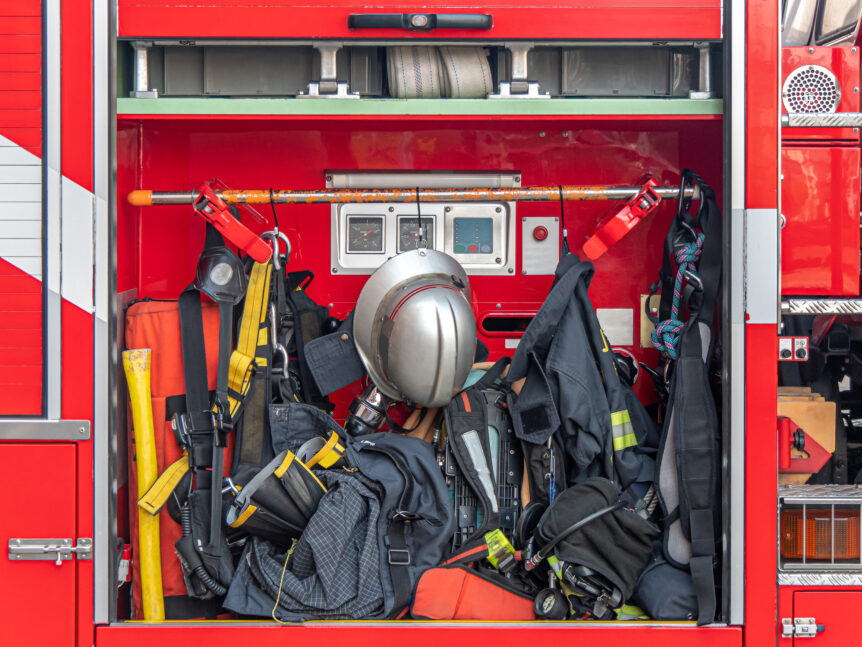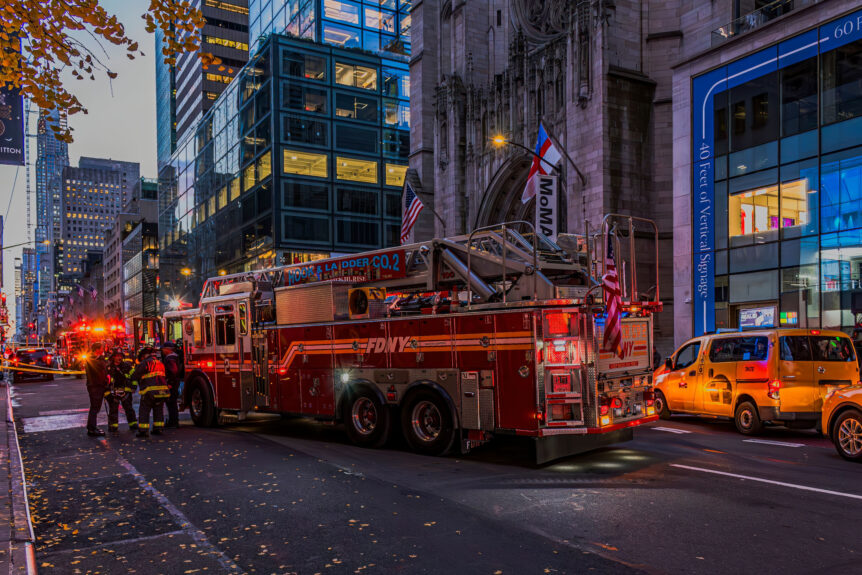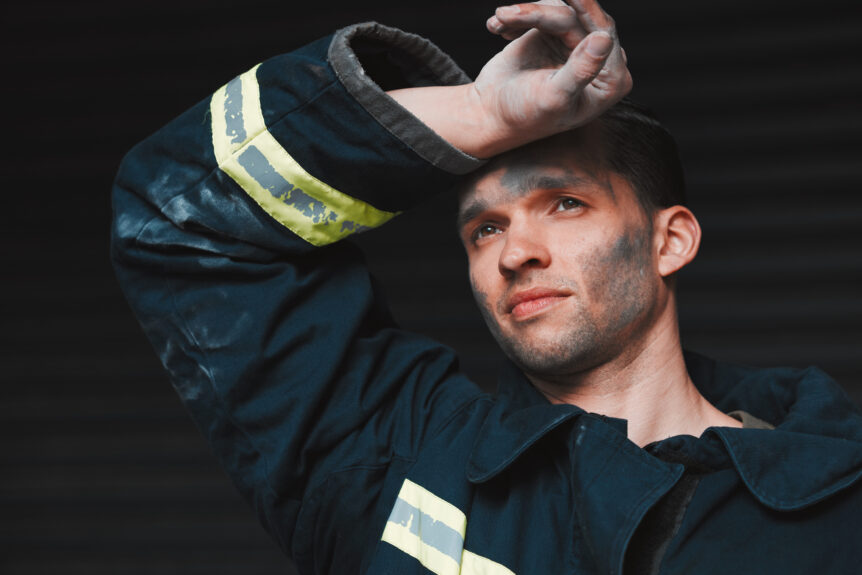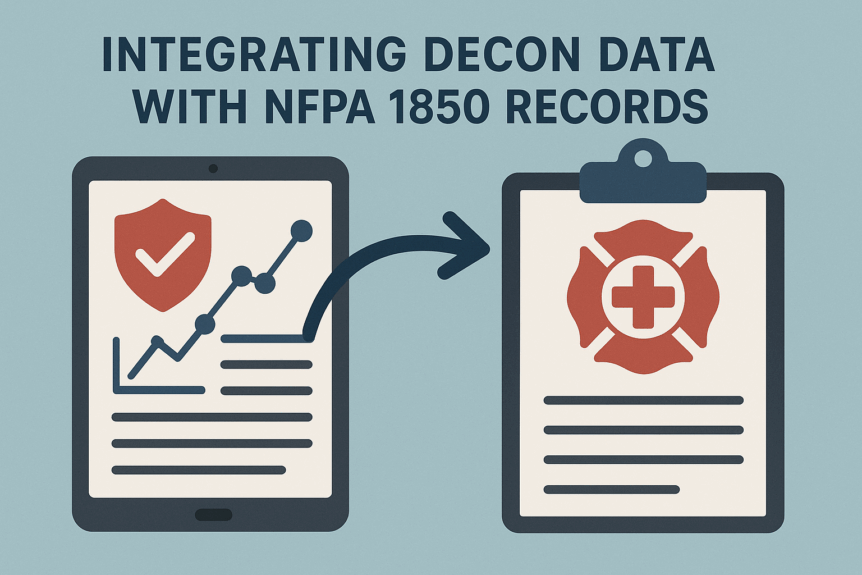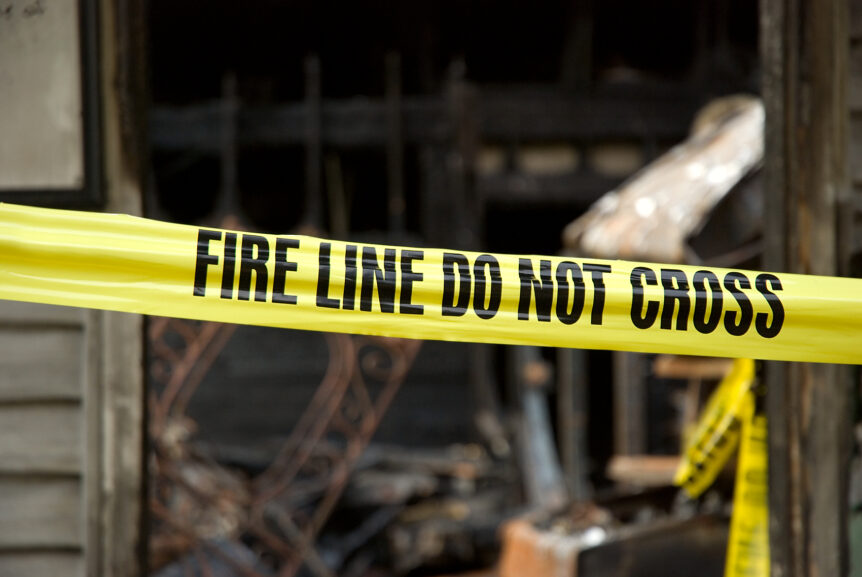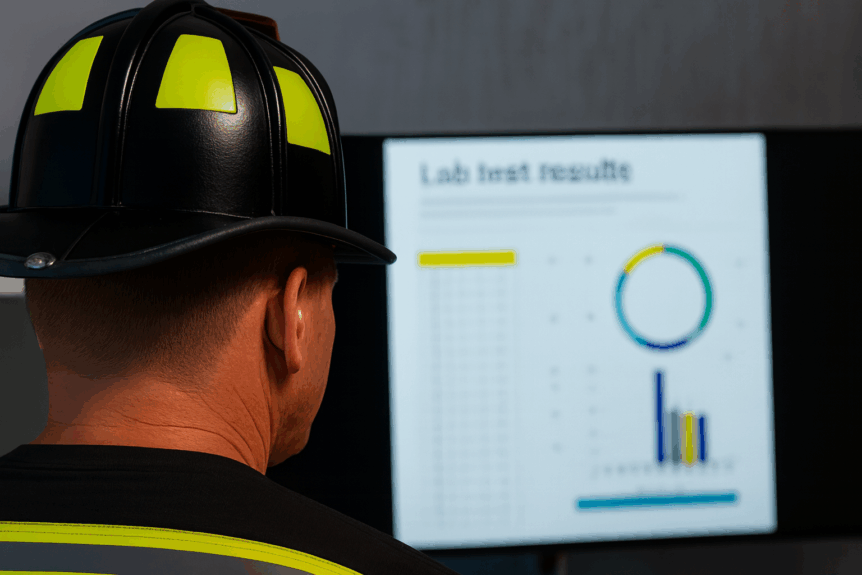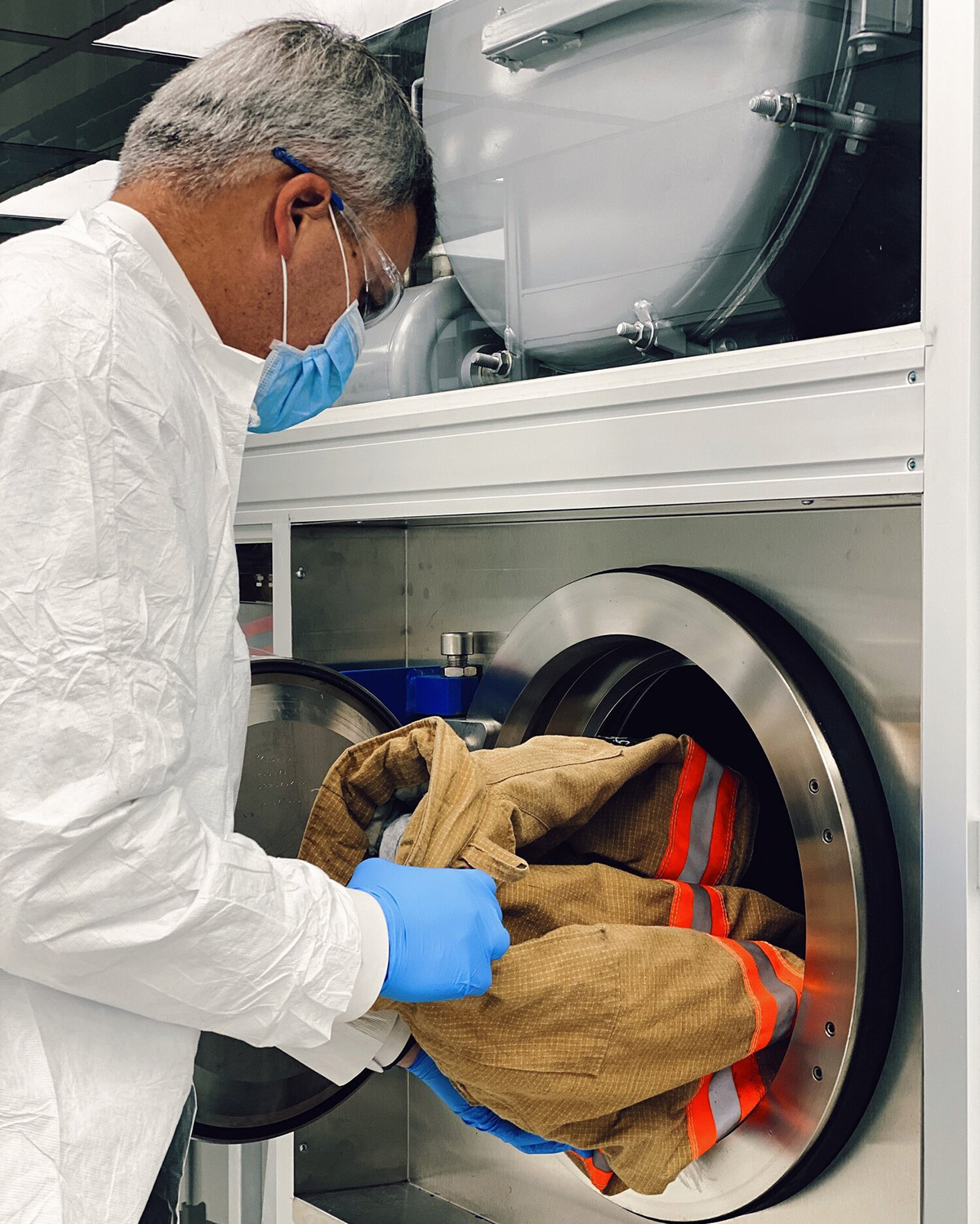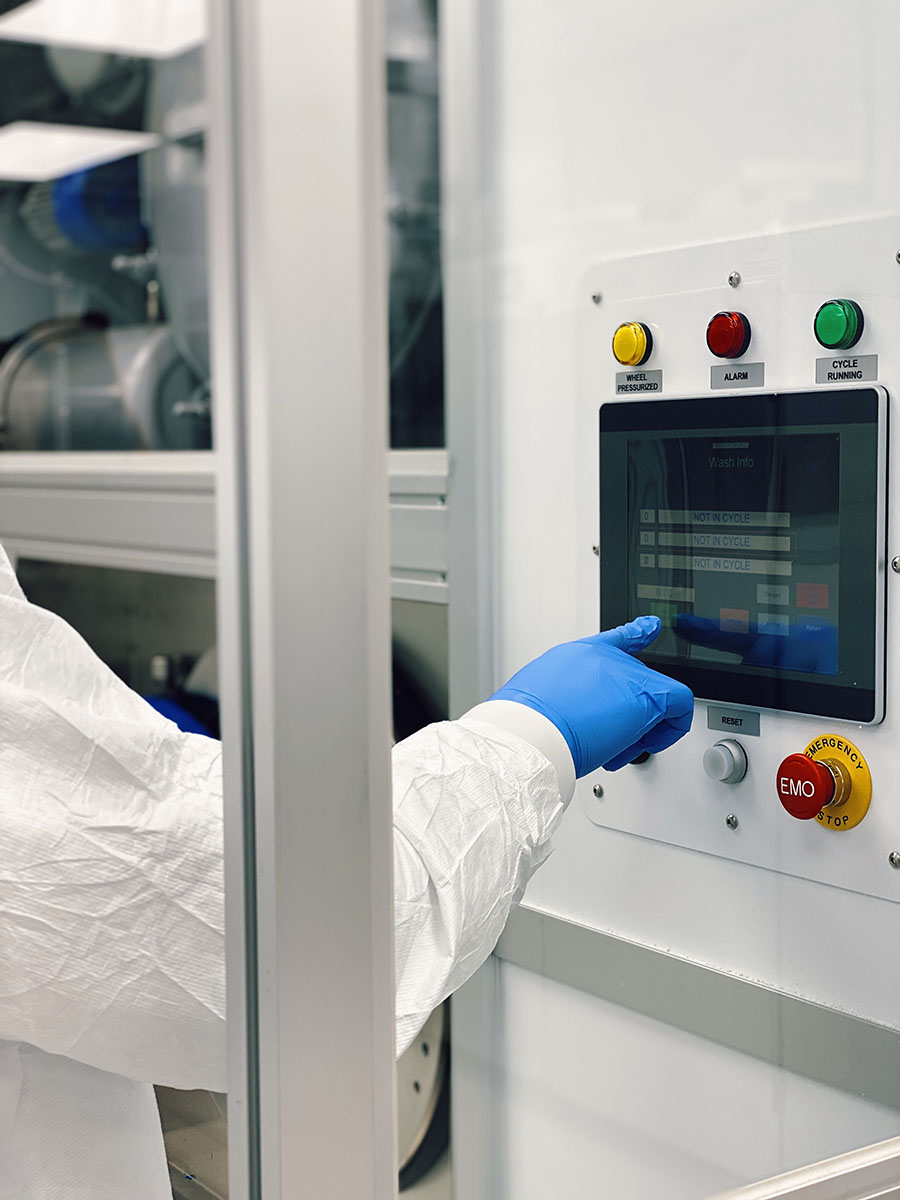Backup turnout gear may be hiding dangerous contaminants or damage. Learn how to ensure all firefighter gear meets safety and decon standards.
Built for the Fireground: Why Liquid CO2+ Works Better for Today’s High-Call Volume Departments
High-call fire departments need fast, effective gear cleaning. Learn why Liquid CO2+ outperforms traditional washing for busy crews.
The Role of ISP Services in Supporting Presumptive Cancer Claims
Discover how ISP services support firefighter presumptive cancer claims with verified decon records, NFPA compliance, and detailed gear history tracking.
Integrating Decon Data with NFPA 1850 Records
Integrating decon data with NFPA 1850 records improves compliance, gear lifecycle tracking, and firefighter safety. See how ETD simplifies recordkeeping.
Why Comprehensive Removal Matters for Combined Chemical Risks
Learn why comprehensive gear cleaning is vital for removing combined chemical risks like PFAS, VOCs, and heavy metals. Discover how Liquid CO2+ leads the way.
Advanced Liquid CO2 Cleaning for Next-Gen Lightweight, Heat-Resistant Firefighter Gear
Discover how liquid CO₂ cleaning preserves lightweight, heat-resistant firefighter gear—ensuring full decontamination and extended service life.
The Long-Term Cost of Clean: Liquid CO2+ vs. Water Extraction for Turnout Gear
Liquid CO2+ cleaning cuts costs, protects gear, and removes PFAS better than water extraction. See why it’s a smarter long-term choice.
State PFAS Legislation Roundup: What to Watch and How Departments Should Prepare
States are cracking down on PFAS in firefighting gear. Learn what new laws require and how departments can stay compliant and protect their crews.
Addressing Risks from EV and Lithium-Ion Battery Fires: Why Decontamination Protocols Must Evolve
EV and lithium-ion battery fires leave toxic residues. Learn why traditional cleaning fails—and how updated decon protects firefighters from hidden exposure.
PFAS Testing in Turnout Gear: How Departments Can Interpret Laboratory Results
Learn how to interpret PFAS lab results in turnout gear, identify high-risk gear, and take action to reduce firefighter exposure and contamination.

